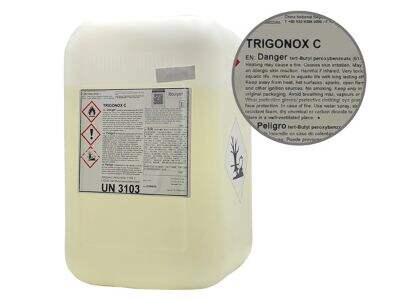Did you ever wonder how your everyday commodities such as plastic water bottles, rubber tyres, and even your favorite toys are made? One of the components that is relatively unusual in making these is organic peroxides. These essential chemicals are the basis of a branch of study, upr polymer science, which comprises long, chain-type molecules that make up plastics and other things, and which will determine its future.
What Do Organic Peroxides Do?
Organic peroxides are the catalysts in polymerization, a reaction in which small molecules combine to create large ones. This is where long chains bake out of small molecules. They initiate the reaction between these molecules, binding them together to create strong and durable materials. It would be much more difficult to produce the plastics and rubbers we rely on every day without organic dibenzoyl peroxide.
Forces Change Pollution In Solar Cells Research
Organic peroxides transform the manner in which scientists research polymers and enable them to develop new and innovative materials. Using a variety of various organic peroxides, researchers can change the properties of polymers, such as how tough, flexible, or durable they are. This offers numerous opportunities for the development of long-lasting materials that can endure harsh conditions such as high temperatures or corrosive chemicals.
Advancements in Polymer Technology
Applied long-term testing via organic peroxides has raised vinyl acrylic copolymer technology significantly high. For instance, scientists have created more environmentally friendly polymers, such as biodegradable plastics, which break down into harmless, nontoxic products after some time. They are so versatile that some organic peroxide have been used to create new materials known as superabsorbent polymers, which are used in products like diapers and medical devices.
 EN
EN
 AR
AR
 HR
HR
 CS
CS
 DA
DA
 NL
NL
 FI
FI
 FR
FR
 DE
DE
 IT
IT
 JA
JA
 KO
KO
 NO
NO
 PL
PL
 PT
PT
 RO
RO
 RU
RU
 ES
ES
 SV
SV
 TL
TL
 ID
ID
 UK
UK
 VI
VI
 TH
TH
 TR
TR
 FA
FA
 AF
AF
 MS
MS
 GA
GA
 BE
BE
 HY
HY
 AZ
AZ
 KA
KA
 LO
LO
 MN
MN
 MY
MY
 KK
KK
 SU
SU
 TG
TG
 UZ
UZ


